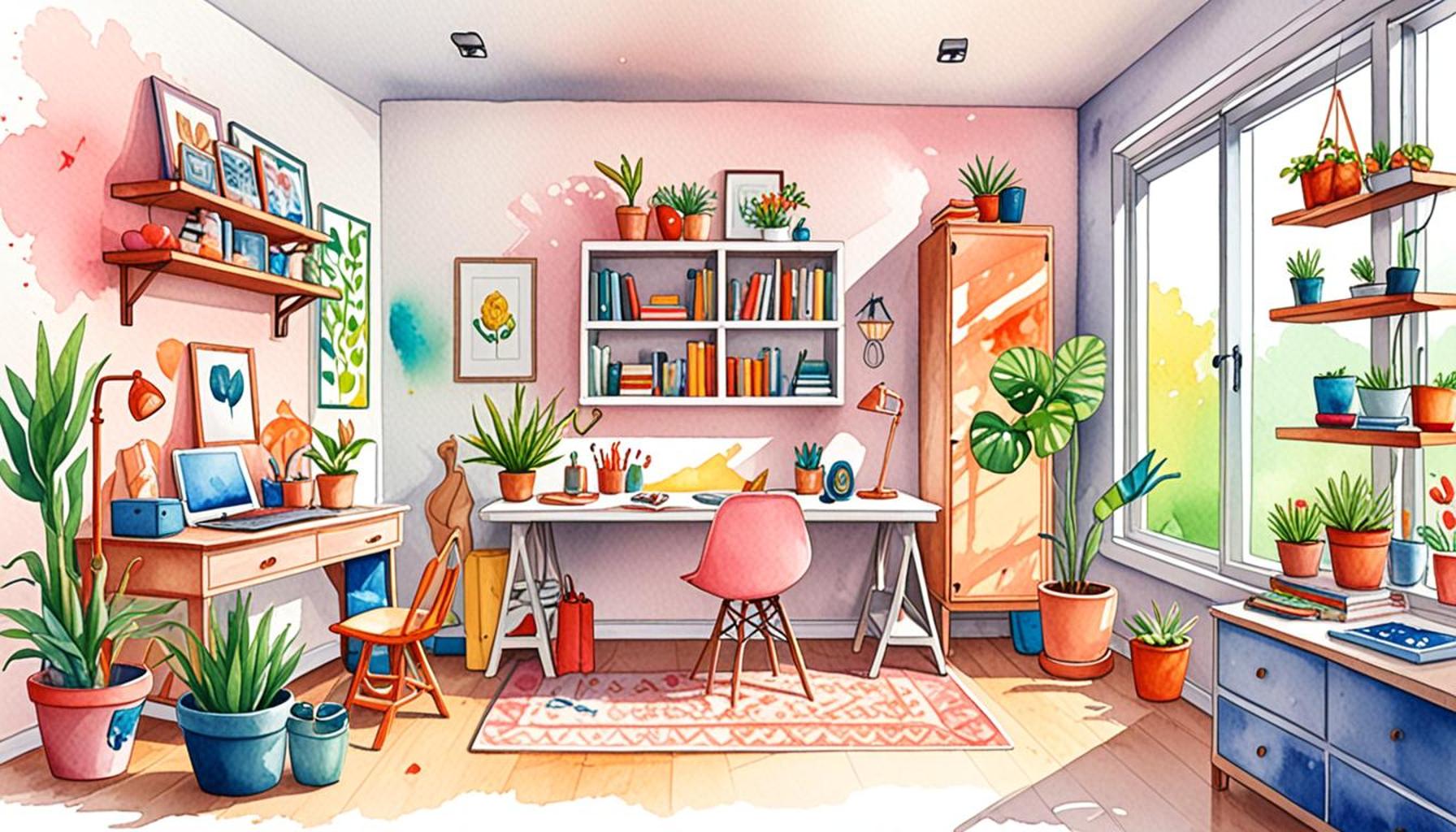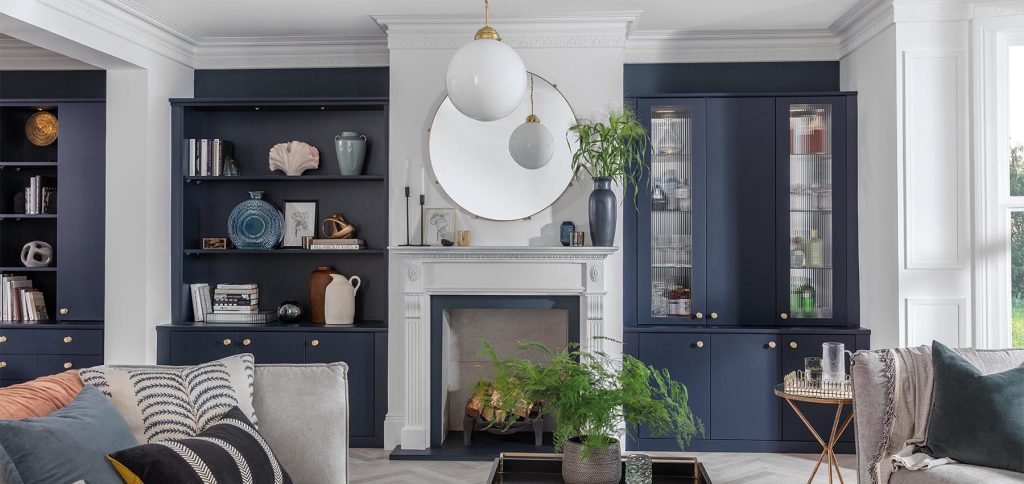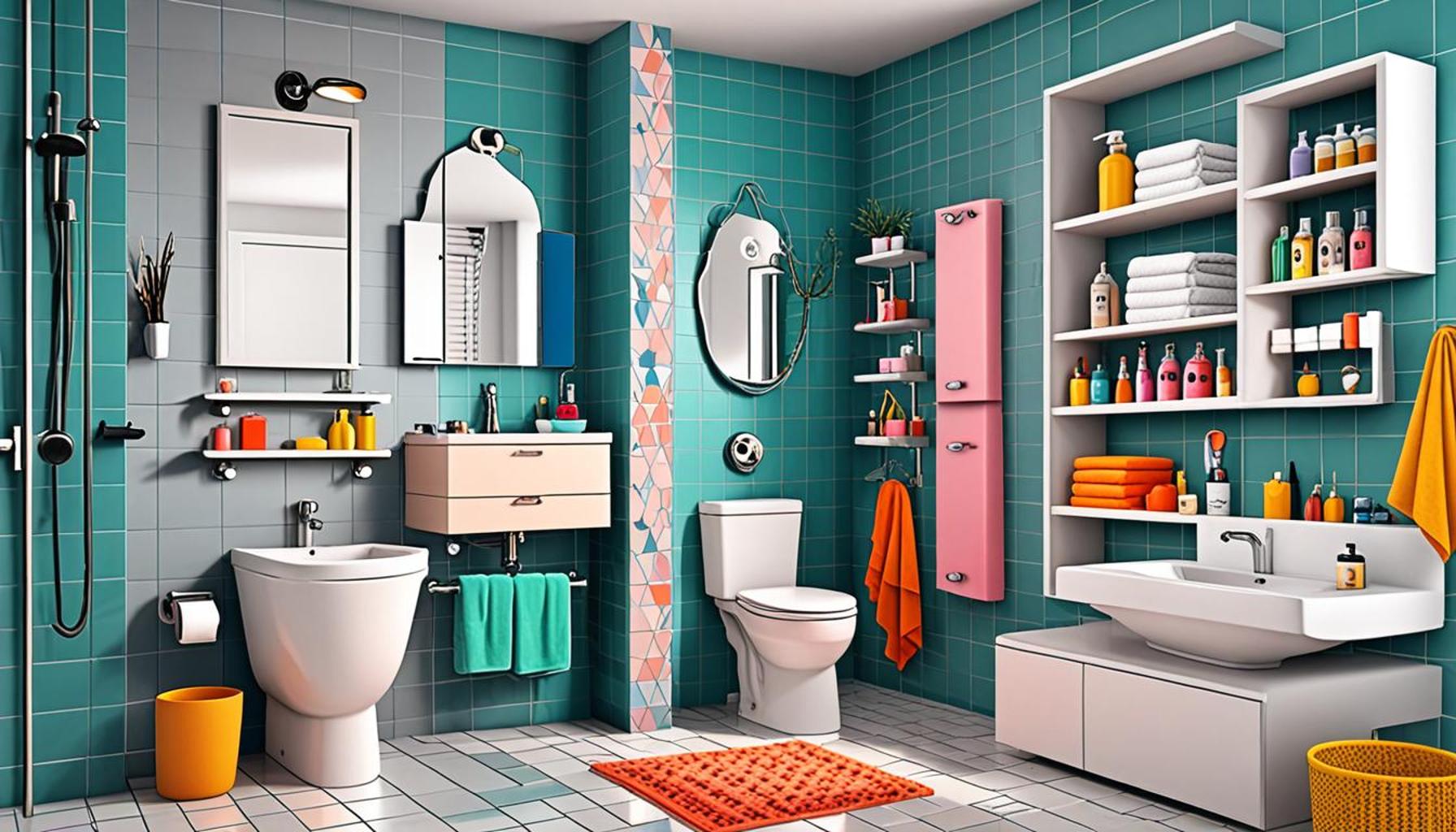Tips to Create Versatile Multifunctional Spaces at Home

Exploring Innovative Uses of Space
In the modern era, where work, study, and recreational activities often collide within the walls of our homes, the demand for maximizing every square foot has reached new heights. The concept of multifunctional spaces allows homeowners to adapt to their diverse needs without sacrificing comfort or style. This transformation can significantly enhance your living experience, making your home a sanctuary that caters to all facets of your life.
Let’s delve deeper into how you can reimagine common areas within your home, turning them into dynamic environments that serve multiple purposes.
- Home Office: The rise of remote working has made home offices a necessity. Consider utilizing a quiet corner of your living room or even a small section of your bedroom. A compact desk paired with ergonomic seating can create an ideal workspace. Look for foldable desks or wall-mounted shelves that can be tucked away when not in use. This creates a productive atmosphere for work without overtaking your living space.
- Guest Room: Hosting overnight guests can be a challenge in smaller homes. Incorporating items like a pull-out sofa, futon, or a Murphy bed can provide sleeping options without consuming valuable space. These versatile furnishings allow you to maintain a stylish living room during the day and transition it into a cozy guest area at night.
- Exercise Area: With the popularity of at-home workouts, carving out a small space for fitness can be incredibly beneficial. This could be as simple as dedicating a corner of your living room for a yoga mat and minimal equipment like dumbbells or resistance bands. Add mirrors to visually enlarge the space and create an inviting atmosphere for workouts.
- Dining Space: When it comes to dining, opt for expandable tables that can adapt to your needs. A standard dining table can easily expand for special occasions, accommodating larger gatherings without permanently occupying more space than necessary. Pair it with stackable chairs for easy storage.
The advantages of creating multifunctional spaces are substantial. Not only can you achieve increased functionality, but you can also elevate the aesthetic of your home. By incorporating innovative layouts, you reflect and respond to the changing demands of daily life.
As we continue to explore the art of multifunctional design, consider the nuances of furniture selection and intelligent storage solutions. From hidden compartments in ottomans to open shelving that doubles as decor, every detail contributes to an efficient living environment. Thoughtful planning paired with creativity will allow you to cultivate a home that not only meets your immediate needs but also adapts to your evolving lifestyle.
In this journey toward optimizing your space, it can be worthwhile to investigate various design resources and connect with professionals who specialize in multifunctional design. By adhering to these principles, you will discover a harmonious balance between utility and style, making your home a perfect reflection of who you are.

SEE ALSO: Click here to read another article
Smart Furniture Choices for Dynamic Living
Selecting the right furniture is crucial when creating multifunctional spaces in your home. The goal is to choose pieces that are not only visually appealing but also serve multiple purposes, thereby maximizing usability without crowding your environment. Here are some fundamental tips to guide your furniture selections:
- Modular Furniture: Consider modular furniture options that can be rearranged or reconfigured to fit different activities. For example, sectional sofas can be split into separate seating arrangements to accommodate gatherings or a cozy movie night.
- Storage Solutions: Incorporate furniture that doubles as storage. Ottomans with hidden compartments, coffee tables with shelves, or benches with built-in drawers can help you maintain a clutter-free space while providing necessary storage.
- Convertible Tables: Invest in convertible tables that can transform from a coffee table to a dining table. This versatility allows for informal meals without needing a separate dining area, making it an excellent option for studio apartments or small homes.
- Built-In Features: Leverage built-in furniture like window seats or bookshelves that blend seamlessly with your home’s architecture. Not only do they save space, but they also enhance the aesthetic appeal of your living space.
- Multipurpose Chairs: Choose chairs that can easily move from the dining area to the living room or office. Stackable or folding chairs can be stored away when not in use, freeing up valuable floor space.
By opting for smart furniture choices, you equip your space with the flexibility to serve various needs without compromising comfort. It’s essential to be strategic about each piece you bring into your home. Think about how a single item might enhance multiple functions—turning a once-static room into a thriving, adaptable environment.
Additionally, consider the scale of your furniture in relation to the room size. Oversized pieces can quickly make a space feel cramped, while smaller, more adaptable solutions can open up areas and facilitate movement. Remember, the key to a successful multifunctional space lies in the balance between function and design.
As you contemplate your furniture choices, keep a keen eye on how they integrate with the overall style of your home. A unified aesthetic can help keep multifunctional spaces feeling harmonious and intentional rather than chaotic or disjointed. Whether you’re leaning toward a modern, minimalist vibe or a cozy, eclectic feel, make sure each piece aligns with your vision.
In the pursuit of versatile multifunctional spaces, remember that every selection counts. With thoughtful attention to your furniture choices, you can create an inviting and efficient home that meets your varied needs, supports your lifestyle, and, ultimately, reflects your personality.
| Category | Advantages |
|---|---|
| Adaptive Furniture | Furniture that serves multiple purposes, such as a foldable desk or a sofa bed, maximizes space utilization and adds versatility to any room. |
| Smart Storage Solutions | Incorporating built-in shelves or under-bed storage helps keep spaces organized while maintaining aesthetics, making it easier to transform rooms for different functions. |
| Flexible Layouts | Designing areas with movable dividers or modular furniture allows homeowners to rearrange their spaces to suit various activities, from work to relaxation. |
| Environmentally Friendly Options | Choosing sustainable materials and energy-efficient appliances not only contributes to eco-friendliness but can also create peaceful, multifunctional environments. |
CHECK OUT: Click here to explore more
Creative Layouts to Enhance Functionality
While smart furniture choices lay the foundation for multifunctional spaces, your home layout plays a vital role in how effectively you can use those pieces. A well-thought-out layout not only fosters a sense of flow but also maximizes space. Consider the following strategies to enhance functionality in your home:
- Defining Zones: Create distinct areas for various activities within a single room. Use rugs to delineate spaces—for instance, a cozy rug can define a reading nook, while another can establish a small dining area. This visual separation helps in managing different functions without the need for permanent partitions.
- Open Concept Designs: If your home permits, embrace an open-concept layout that merges living, dining, and kitchen spaces. This design promotes interaction and is ideal for entertaining guests or keeping an eye on children while preparing meals. The openness can make smaller homes feel larger and more welcoming.
- Vertical Space Utilization: Don’t forget about your walls! Floating shelves, wall-mounted desks, and overhead storage can significantly free up floor space. They allow you to maximize storage while keeping frequently used items accessible. Incorporating vertical solutions adds dimension to a room while maintaining functionality.
- Flexible Partitions: If you find yourself needing privacy without sacrificing space, consider flexible partitions. Screens, curtains, or sliding doors can easily create temporary barriers and are perfect for transforming a living room into a guest bedroom when necessary.
- Multifunctional Lighting: The role of lighting in designing adaptable spaces is often overlooked. Employ a mix of ambient, task, and accent lighting. Adjustable fixtures or smart lighting can help tailor the atmosphere—whether it’s a bright, energizing light for work or softer, warm lighting for relaxation.
The layout of your multifunctional spaces can significantly impact how comfortable and effective those spaces are. For instance, a proper arrangement can facilitate conversation and interaction, making a small area feel intimate yet spacious. An essential aspect to consider is the flow of movement, allowing for easy navigation between different zones, which is particularly critical in compact living spaces.
Be mindful of your daily activities as you design the layout. Think about how often you’ll need to access certain areas or items throughout the day, adjusting your layout to keep high-use areas easily accessible. For example, placing a home office desk close to your living area can seamlessly integrate work and relaxation, providing an effective transition between tasks.
Additionally, always keep an eye on potential adjustments over time. Life changes, whether it’s the arrival of a new family member or shifts in work from home policies, may require a different approach to your layouts. Flexibility in your design allows you to adapt without a complete overhaul.
Incorporating these layout strategies not only enhances your home’s aesthetic appeal but also caters to a functional lifestyle. The integration of various areas into your social and personal routines will help you embrace an efficient and harmonious home environment suited for a myriad of activities.
SEE ALSO: Click here to read another article
Conclusion: Embracing Versatility in Home Design
Creating versatile multifunctional spaces at home is not just a trend; it’s a necessity in today’s fast-paced world. As lifestyles evolve and homes become more than just living spaces, incorporating thoughtful design strategies will enhance both functionality and comfort. By applying the tips shared throughout this article, such as defining zones and utilizing vertical space, you will effectively cultivate areas that adapt to your daily activities and personal needs.
Additionally, the concept of flexibility remains crucial. As your life circumstances change, having an adaptable layout allows for seamless transitions, whether you’re shifting your workspace from the living room to a spare bedroom or reorganizing the dining area to accommodate gatherings. The importance of multifunctional furniture and creative layouts cannot be overstated; they play a pivotal role in maximizing your home’s potential, proving that even the smallest spaces can yield great functionality.
Furthermore, consider the emotional aspect of space. Designing areas that foster interactions can enhance your quality of life, promoting family bonding and inviting connections with friends. Lighting, colors, and textures play a significant role in setting the mood, encouraging you to explore your home’s atmosphere holistically.
In conclusion, take these tips to heart and perceive your home not merely as a shelter, but as a dynamic environment that reflects your lifestyle. By melding creativity with practical solutions, you will discover the transformative power of well-designed multifunctional spaces, making your home a sanctuary of adaptability and harmony.


